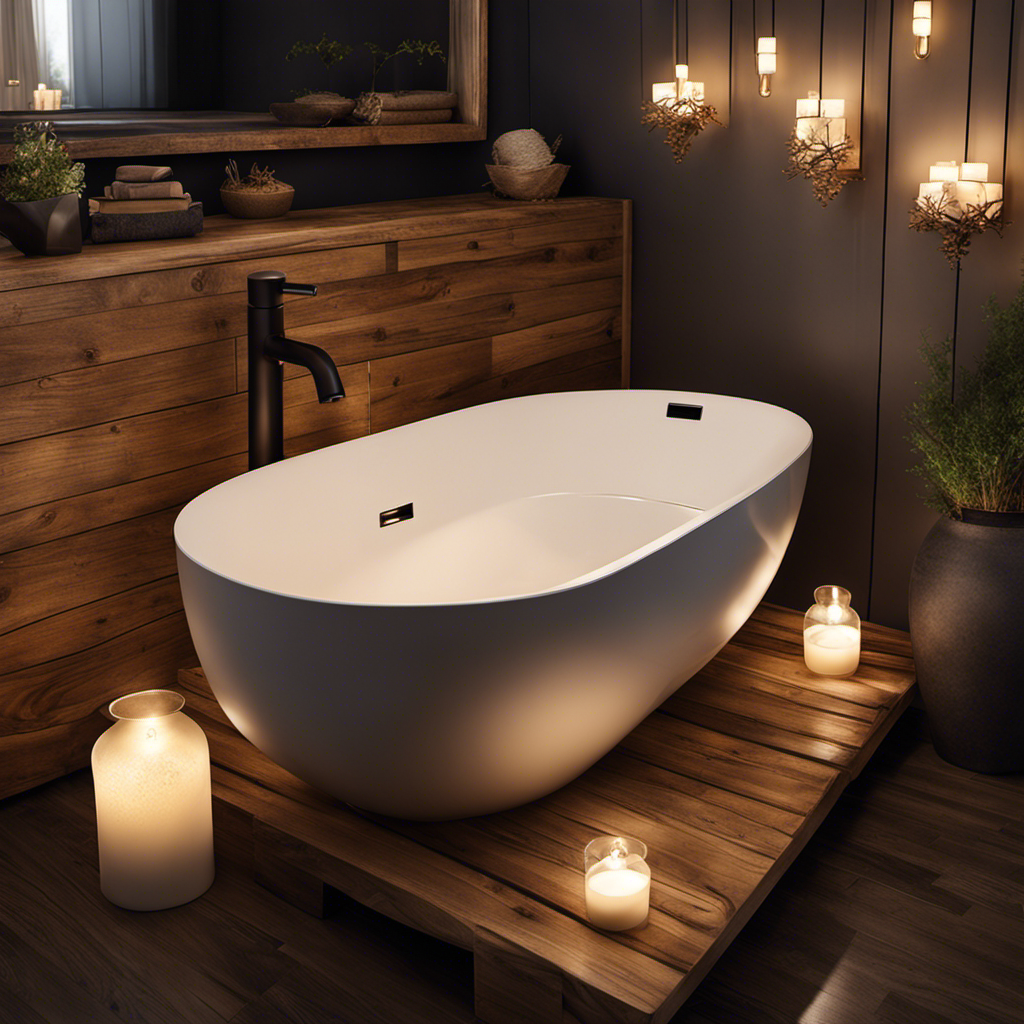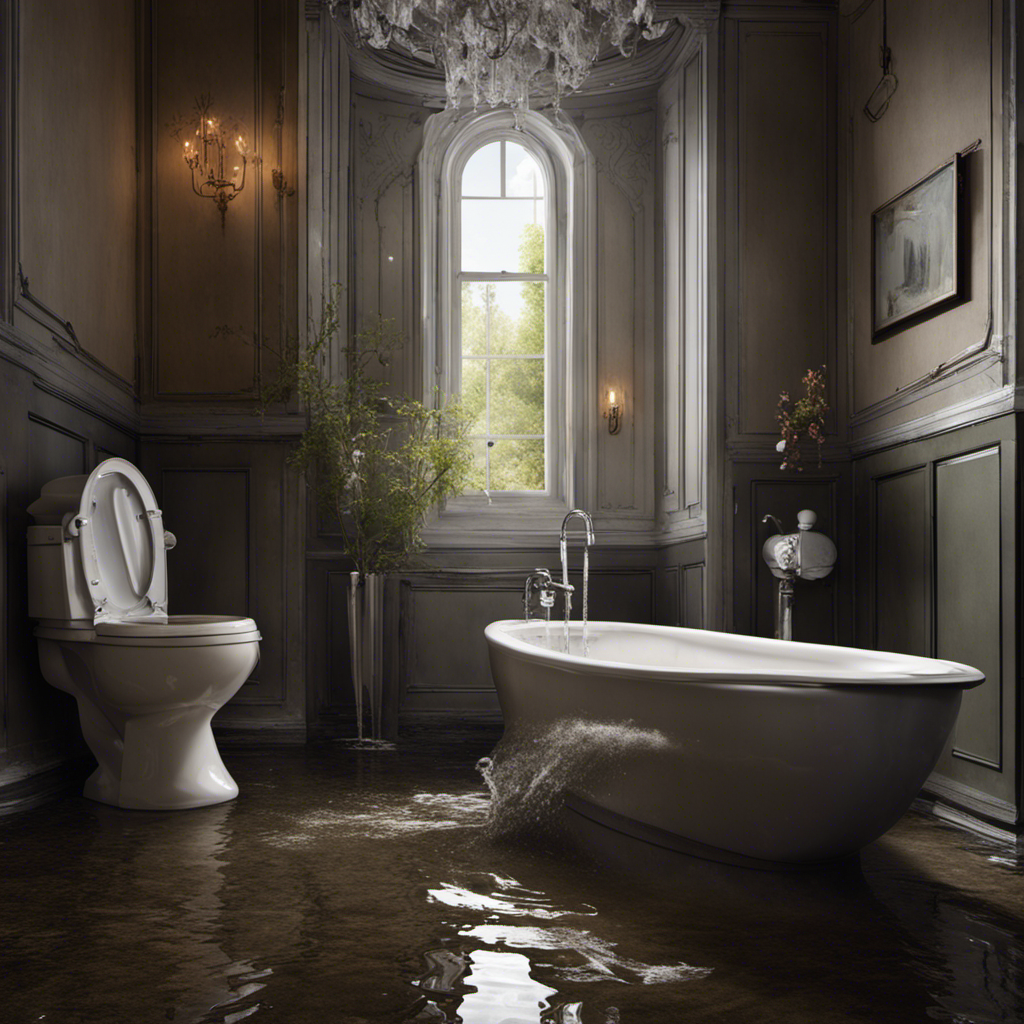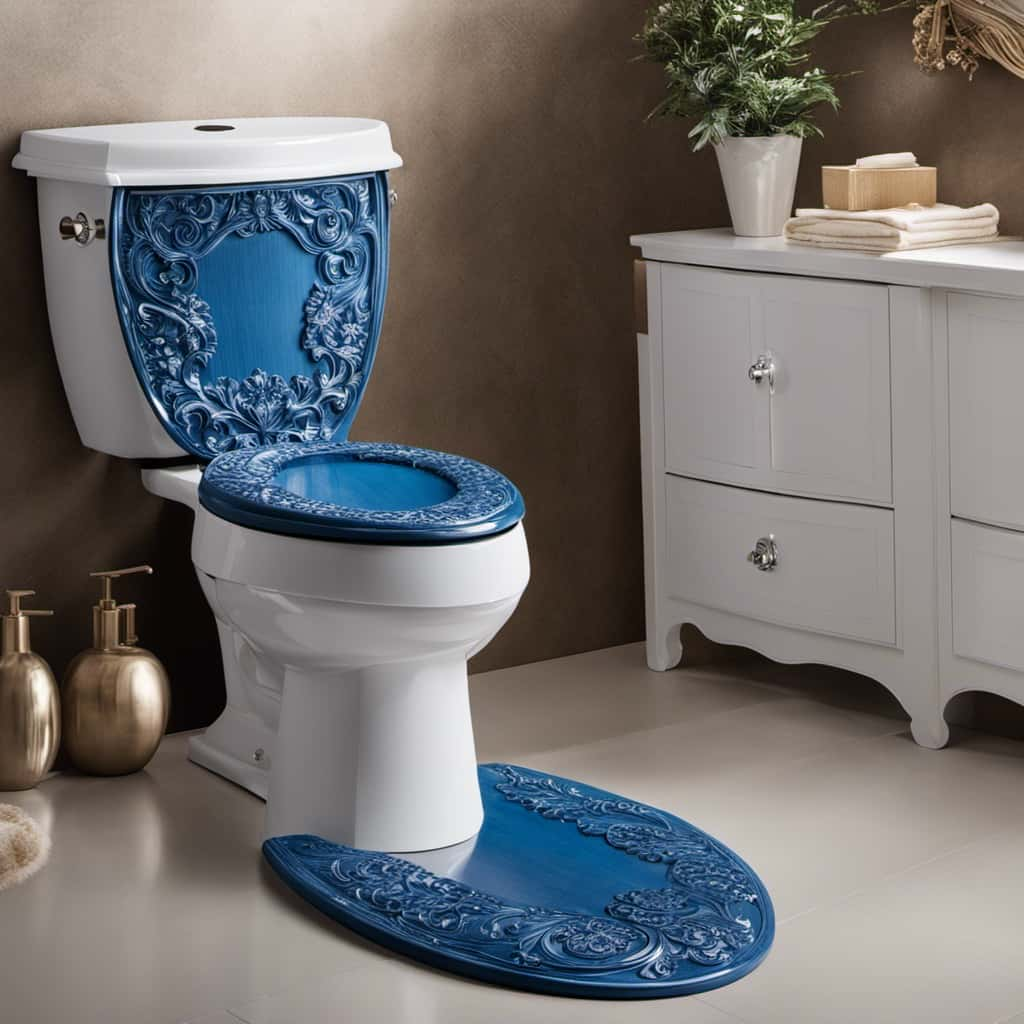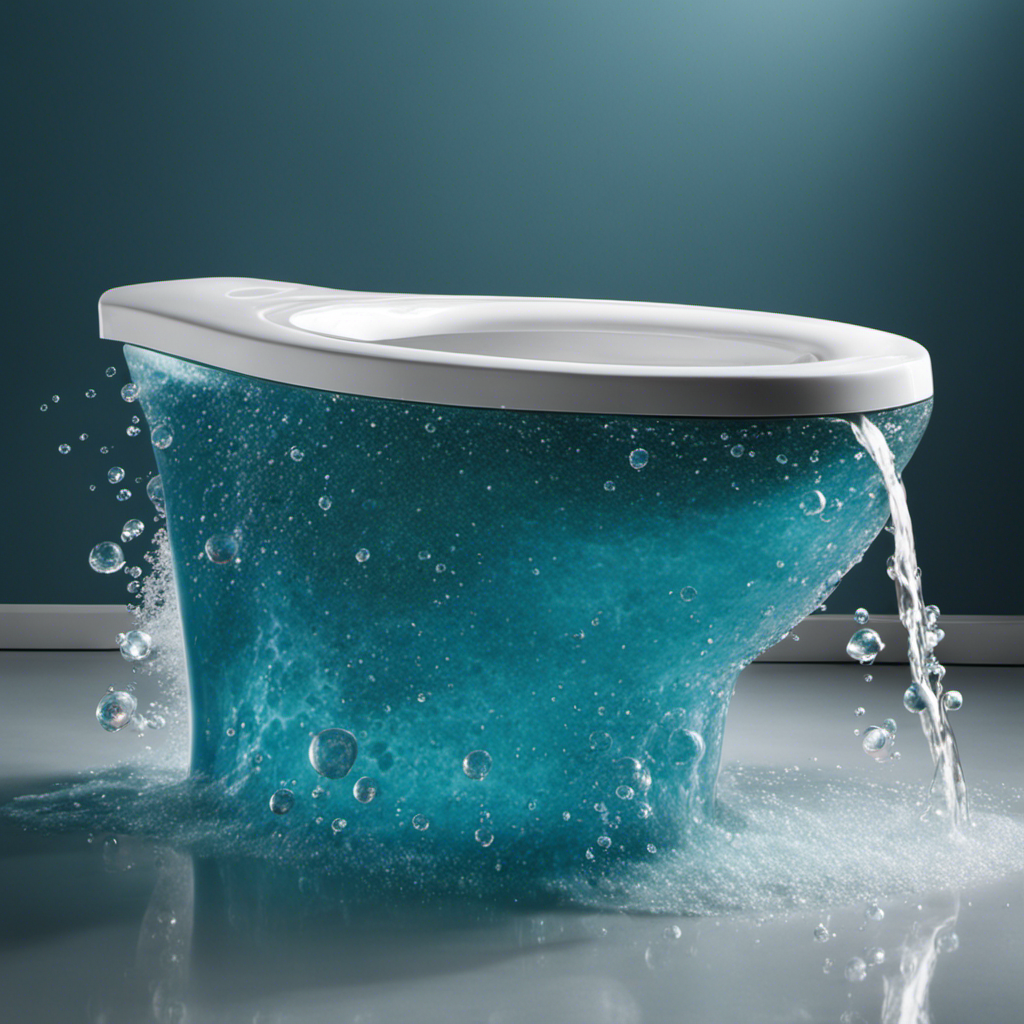When was the flushing toilet invented?
Have you ever wondered about the origins of this essential fixture in our daily lives?
In this article, I will delve into the fascinating history of toilets, exploring early innovations in sanitation and the momentous invention of the first flushing toilet.
We will trace its evolution, from its humble origins to the modern marvel it is today.
Join me on this journey as we uncover the impact and importance of the flushing toilet in our modern society.
Key Takeaways
- The first flushing toilet was invented by Sir John Harington in the late 16th century.
- Alexander Cumming invented the S-shaped pipe, a key component of the flushing mechanism.
- The flushing toilet revolutionized waste disposal and greatly improved hygiene and sanitation.
- Modern advancements such as dual-flush systems and water-saving features have enhanced the functionality, efficiency, and water conservation of flushing toilets.
A Brief History of Toilets
If you’re curious about the history of toilets, you’ll be fascinated to learn that the flushing toilet was invented in the late 16th century.
However, the origins of plumbing and ancient sanitation methods can be traced back much further. In ancient civilizations such as Mesopotamia and Egypt, basic forms of plumbing were already in use. These civilizations had elaborate systems of drainage and sewage, using clay pipes and channels to transport waste away from populated areas.
The Romans, famous for their engineering prowess, also had advanced sanitation systems. They built intricate aqueducts and sewer systems, allowing for the efficient removal of waste.
Despite these early advancements, it wasn’t until the late 16th century that Sir John Harington, an English courtier, invented the first flushing toilet. His design used a water closet with a valve and a flush mechanism, marking a significant milestone in the development of modern toilets.
Early Innovations in Sanitation
You can explore the early innovations in sanitation to learn about the development of modern bathroom fixtures. Sanitation practices have been a crucial aspect of human civilization since ancient times.
In ancient civilizations such as the Indus Valley, Mesopotamia, and ancient Egypt, there were already sophisticated systems of plumbing in place. These civilizations had well-designed sewer systems, underground drains, and even public bathhouses.
The ancient Romans, known for their advanced engineering skills, also had an elaborate water supply and sewage system. These early innovations in sanitation laid the foundation for the development of modern bathroom fixtures. They demonstrate the ingenuity and understanding of the importance of cleanliness and hygiene in ancient societies.
Now, let’s delve into the origins and design of the first flushing toilet.
The First Flushing Toilet: Origins and Design
The origins and design of the first flushing toilet can be traced back to a Scottish engineer named Alexander Cumming. He is credited with inventing the S-shaped pipe, which is the key component of the flushing mechanism.
The design of the flushing toilet was a breakthrough in sanitation technology, as it allowed for the efficient disposal of waste. The S-shaped pipe, also known as the P-trap, created a water seal that prevented foul odors from escaping into the bathroom.
When the toilet is flushed, water flows into the bowl and pushes the waste through the P-trap and into the sewer system. This innovative design revolutionized the way people handled their waste and greatly improved hygiene and sanitation standards.
Evolution of the Flushing Toilet: Improvements and Advancements
To fully appreciate the evolution of the flushing toilet, let’s consider the many improvements and advancements that have been made over time. The flushing toilet has come a long way since its inception, with numerous advancements and technological improvements enhancing its functionality and efficiency.
Here are three key developments that have shaped the modern flushing toilet:
-
Dual-flush systems: These systems allow users to choose between a full flush for solid waste and a partial flush for liquid waste, resulting in significant water savings.
-
Pressure-assisted technology: This innovation uses compressed air or water to create a powerful flush, ensuring efficient waste removal and reducing the risk of clogging.
-
Water-saving features: Modern toilets incorporate various water-saving features, such as low-flow flush valves and dual-flush mechanisms, to conserve water without compromising performance.
Thanks to these advancements, the flushing toilet has become an essential fixture in our homes, providing convenience and sanitation while minimizing water consumption.
Impact and Importance of the Flushing Toilet in Modern Society
Modern society relies heavily on the convenience and sanitation provided by the evolution of the flushing toilet. The impact of this invention cannot be overstated. Before its existence, people had to rely on primitive methods of waste disposal, which often led to unsanitary conditions and the spread of diseases.
The flushing toilet revolutionized sanitation practices by efficiently removing waste and preventing its accumulation. This has had numerous benefits for society. Firstly, it has greatly improved public health by reducing the risk of waterborne illnesses. Secondly, it has enhanced the overall quality of life by providing a clean and comfortable bathroom experience. Lastly, the flushing toilet has had a positive environmental impact by conserving water through its efficient flushing mechanisms.
Frequently Asked Questions
What Were the Materials Used in the Earliest Toilets?
In the earliest toilets, various materials were used, such as wood, stone, and clay. Over time, toilet designs evolved, leading to the flushing toilet we know today. It’s fascinating to see how technology has advanced in sanitation.
How Did Early Civilizations Dispose of Human Waste Before the Invention of the Flushing Toilet?
Before the invention of the flushing toilet, early civilizations had to get creative with waste management. They used alternative sanitation methods like outdoor latrines, chamber pots, and even simple holes in the ground.
Who Is Credited With Inventing the First Flushing Toilet?
The inventor of the first flushing toilet, with their background in sanitation and innovative mindset, revolutionized waste disposal practices. Their invention had a significant impact on improving hygiene and public health.
What Were Some of the Challenges Faced in the Early Designs of Flushing Toilets?
Challenges in early flushing toilet designs included clogs, leaks, and odors. Innovations like the S-trap and water seals solved these issues. The quest for a reliable and efficient flushing toilet led to ingenious advancements in sanitation technology.
How Did the Invention of the Flushing Toilet Revolutionize Sanitation Practices in Cities?
The invention of the flushing toilet had a revolutionary impact on urban hygiene. It transformed sanitation practices in cities, improving public health and cleanliness. The introduction of this technology greatly reduced the spread of diseases and improved overall living conditions.
Conclusion
In conclusion, the invention of the flushing toilet has revolutionized the way we handle our business.
From the early innovations in sanitation to the first flushing toilet and its subsequent improvements, this remarkable invention has had a profound impact on modern society.
Just like a magician pulling a rabbit out of a hat, the flushing toilet appeared and made our lives cleaner and more convenient.
So next time you flush, take a moment to appreciate the ingenuity that went into creating this marvel of modern plumbing.










